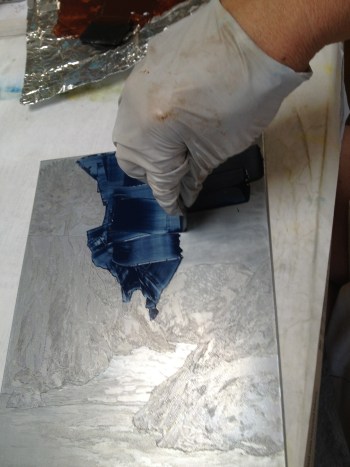Exciting news! I have been selected as a finalist in the René Carcan International Grand Prize in Printmaking!
All finalists’ art is now posted in the René Carcan website for public voting. I would love to have your vote for the Public Prize!
When you follow this link, you will see my 4 pieces – you can click on each one to see it enlarged, and to vote for it by clicking “Like”. You may vote for more than one piece. This is like the “People’s Choice” awards we do at shows locally – it won’t influence the judges, but it would be quite an honor to receive.
http://award.renecarcan.be/node/1897
Please share this with others, especially those who love original prints, and ask them to support my work in this simple way!

The selected finalists will exhibit at a museum in Brussels, the Bibliotheca Wittockiana, a museum dedicated to book arts, book binding and related disciplines. The show opens February 15th and closes May 15th of 2018.
In another round of jurying, a panel of experts will examine the actual prints to select a printmaker for the René Carcan International Grand Prix. There are also a 1st and 2nd Mention, as well as the René Carcan Public Prize, selected by a public vote. See all of the finalists’ work here:
http://award.renecarcan.be/current_edition



























































